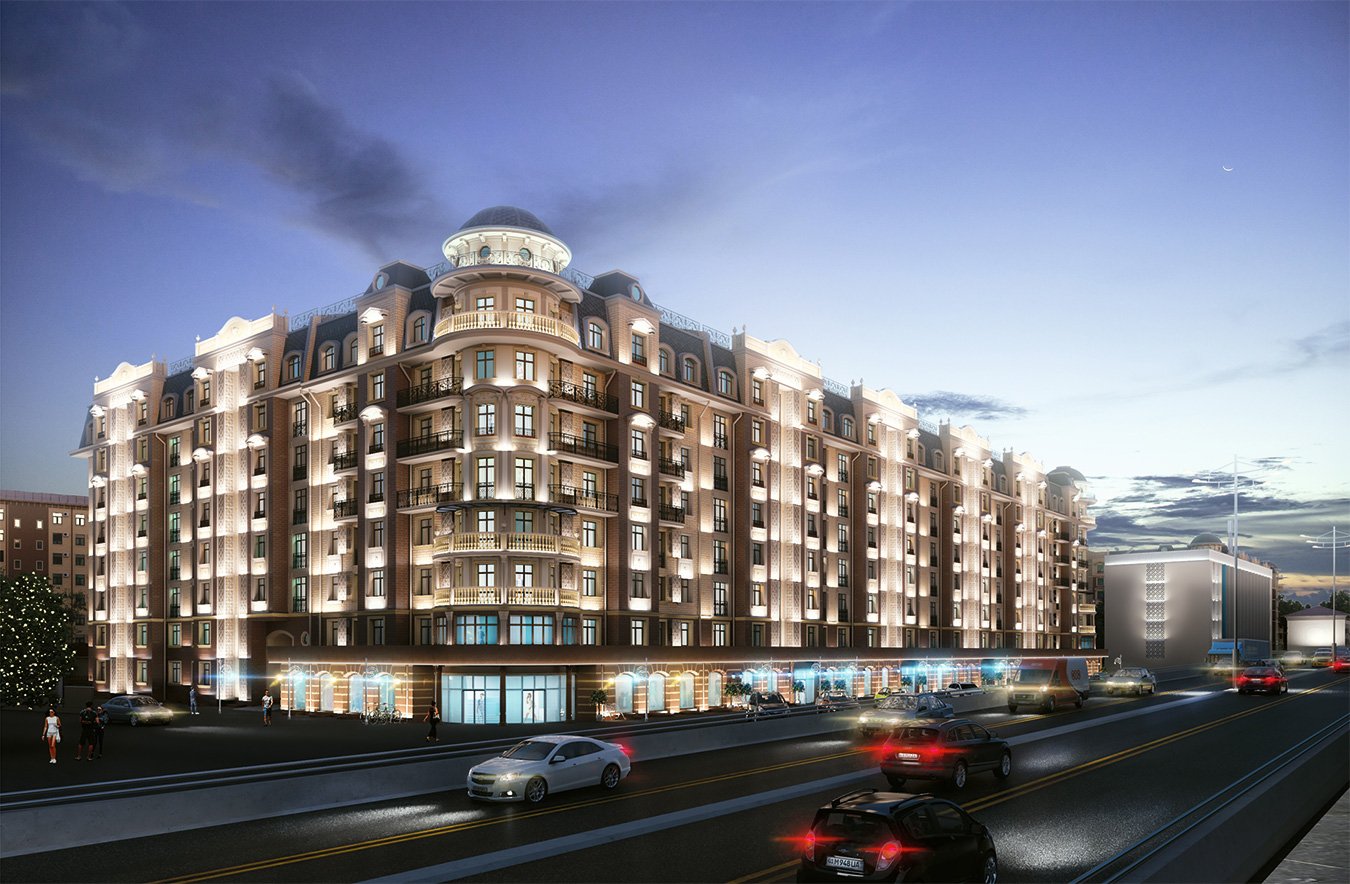Uzbekistan is a country of ancient high culture, with its exceptional architectural patterns. Temurid architecture is the pinnacle of Islamic art in Uzbekistan. Famous historians of the East in their writings on the ancient cities such as Bukhara, Samarkand, Khiva, and other places mention palaces of the rulers, places of residence of the aristocracy, markets, madrasahs, mausoleums, and describe them as very beautiful, with evergreen gardens. The Kyrk-Kyz (“Forty Girls”) mansion in Termez, dating back to the 9th-10th centuries, is a fine example of an original country manor. The Samanids Mausoleum in Bukhara still stands as an exceptional example of architectural building from the marvelous period of the early Middle Ages.
In the 11th-12th centuries, Samarkand became one of the major cities in the region. There was an intense period of construction of attractive houses, and civil and religious buildings.

The rise of a city-building culture lasted for almost another hundred years when Ulughbek, grandson of Amir Temur, ruled the region. Among the most significant buildings created at that time were palaces, such as Ak-Saray in Shakhrisabz, the Bibi-Khanum Mosque, and the Guri Amir Mausoleum, a large part of the complex of Shahi-Zinda, the Ulugbek Madrasah in Samarkand.
In the 16th century cultures, great architectural activity was concentrated in large cities such as Bukhara, Samarkand, Karmana, and Tashkent. There was further development for residences, markets, and caravansaries. The architectural buildings of Central Asia in the 16th and 17th centuries are famous around the world. A few of them are Registan in Samarkand, Minorai Kalon, Labi Khovuz, and Abdulaziz Khan madrasah in Bukhara, and others.
In modern Uzbekistan, the material culture of more than 40 centuries has survived. In designing and construction, the appreciable use of national motives such as arches and domes is significant. The restoration school of Uzbekistan, which generated certain principles and traditions, had been established. Considerable principles were kept during major restorations of historical cities such as Samarkand, Bukhara, and Khiva, which are known to the world community by their unique architectural monuments.


